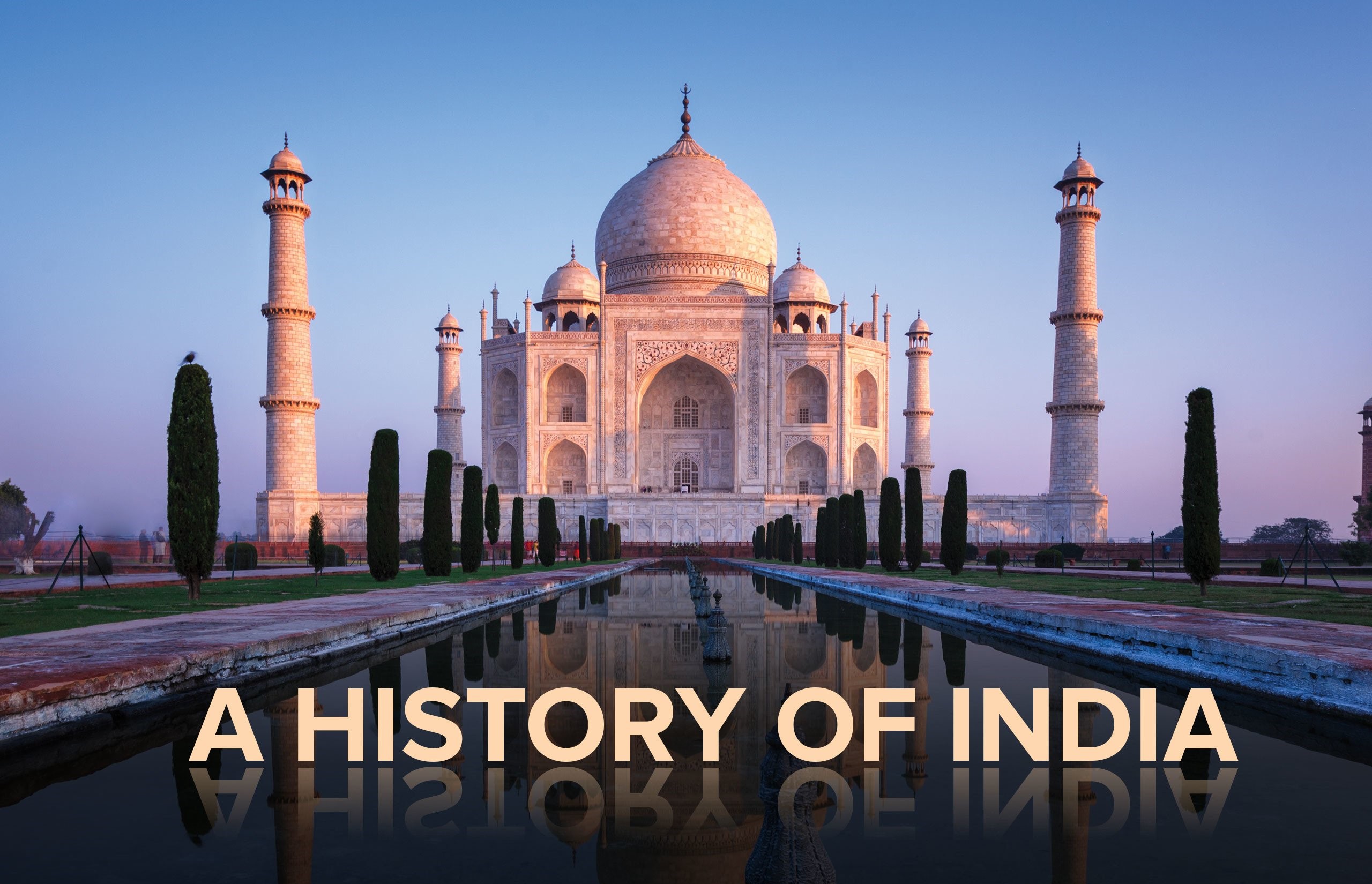Buddhist Literature
Buddhist Literature
1. Pali Texts
Tripitaka : Pitaka literally means 'basket' and it was called so, because the original texts were written on palm-leaves and kept in baskets. Sutta Pitaka Buddha's sayings, Vinay Pitaka—monastic code, Abhidhamma pitaka religious discourses of Buddha (Abhidhamma Pitaka comprises of Dighgha Nikaya, Majhim Nikaya, Sanyukta Nikaya, Anguttar Nikaya and Khuddak/ Kshudraka Nikaya). Milindapanho (i.e. Questions of Milinda)—a dialogue between Milinda (identical with Indo-Greek ruler Menandei) and Buddhist saint Nagasena. Dipavamshaand Mahavamsha—The great chronicles of Sri Lanka.
II. Sanskrit Texts
Buddha Charita, Saundarananda, Sutralankar, Sariputra Prakaran and Vajra Suchi- Ashwagosha; Mahavibhasha Shastra-Vasumitra Visudhamagga, Atthakathayen and Sumangalvasini - Buddhagosha Madhyanuka Kanka and Prajnaparimita Karika- Nagarjuna etc.
Sects of Buddhism
Hinayana (i.e. the Lesser Vehicle)
1. Its followers believed m the original teaching of Buddha.
2. They sought individual salvation through self-discipline and meditation.
3. They did not believe in idol-worship.
4. They favoured Pali language.
5. It is known as 'Southern Buddhist Religion', because it prevailed in the South of India, e.g. Sri Lanka, Burma (Myanmar), Syam (Thailand) Java etc.
6. There were two subsects of Hinayana- Vaibhasika and Sautantrika
Mahayana (i.e. the Greater Vehicle)
1. Its followers believed in the heavenliness of Buddha.
2. They sought the salvation of all through the grace and help 0f Buddha and Bodhisatva.
3. They believed in idol-worship.
4. They favoured Sanskrit language.
5. It is known as 'Northern Buddhist Religion', because it prevailed in the North of India, e.g. China, Korea, Japan, etc.
6. There were two subsects of Mahayana —
Madhyamika/Sliunyavada (founder - Nagarjuna) and Yogachar/ Vijnanavada (founder - Maitreyanath and his disciple Asanga)
Vajrayana
1. Its followers believed that salvation could bebest attained by acquiring the magical power, which they called Vajra.
2. The chief divinities of this new sect were the Taras.
3. It became popular in Eastern India, particularly Bengal and Bihar.
Bodhisattvas
1. Vajrapani: like Indra, he holds a thunderbolt, foe of sin and evil.
2. Avlokitesvara (the lord who looks down) also called Padmapani (the lotus bearer): kind-hearted.
3. Manjushri (Stimulator of understanding): He holds a book describing 10 paramitas (spiritual perfections).
4. Maitreya : The future Buddha.
5. Kshitigriha : guardian of purgatories.
6. Amitabha / Amitayusha : Buddha of heaven.
